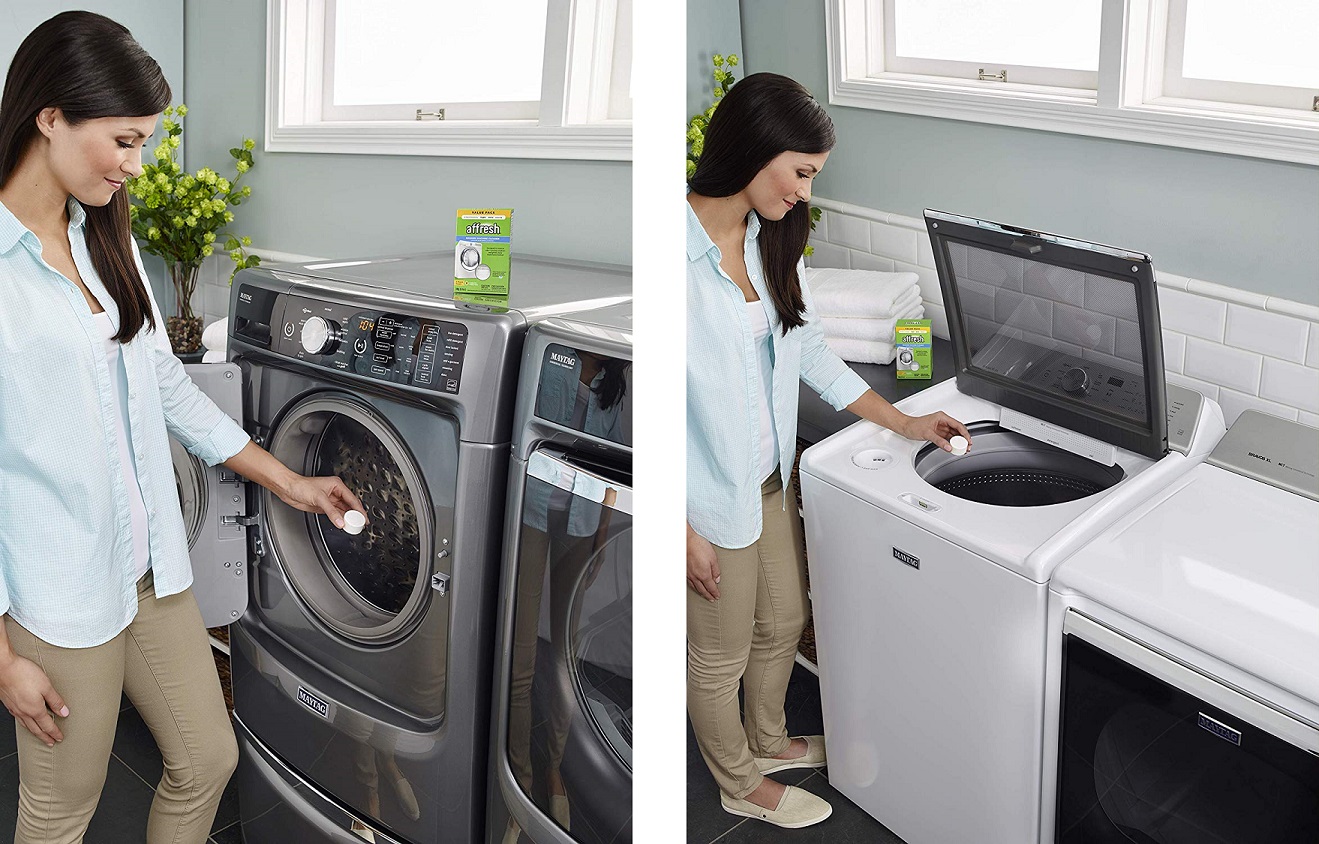Last Updated on March 30, 2023
Do your sheets and towels come out of your drying machine looking like they aged 5 years as they dried?
Do they go in soft and plush, but come out dry, crusty, and ragged? And do you need to run your dryer multiple times for the same load?
There’s a reason for this – and no, you don’t need a new drying machine. The most likely culprit is your dryer duct hose!
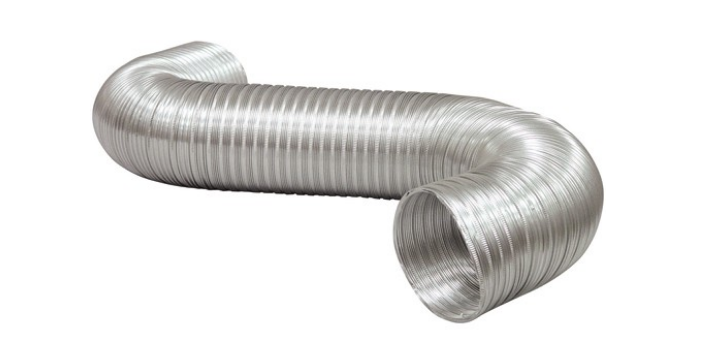
Does that hose look familiar? If it doesn’t, then pull your dryer away from the wall, and you’ll see it nestled behind it.
If your drying machine is ruining your laundry and isn’t drying properly, it’s time to clean that duct hose.
What you’ll need to clean your dryer hose
What you’ll need is a long rotating brush. Something that can reach deep inside the hose, and that will rotate to fully dislodge and remove all of the lint and debris built up inside.
Something like this Deflecto Dryer Duct Cleaning Kit.
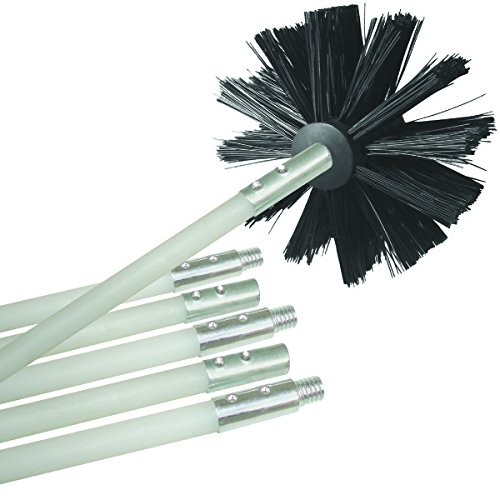
The beauty of this kit is that it has a flexible and adjustable rod that can extend up to 12 feet. You can add as many links as needed.
The brush fits snugly inside of the hose and rotates when connected to a drill.
If you don’t already have one, power drills are relatively inexpensive these days and are definitely worth the investment, as you’ll probably be cleaning your ducts again in the future.
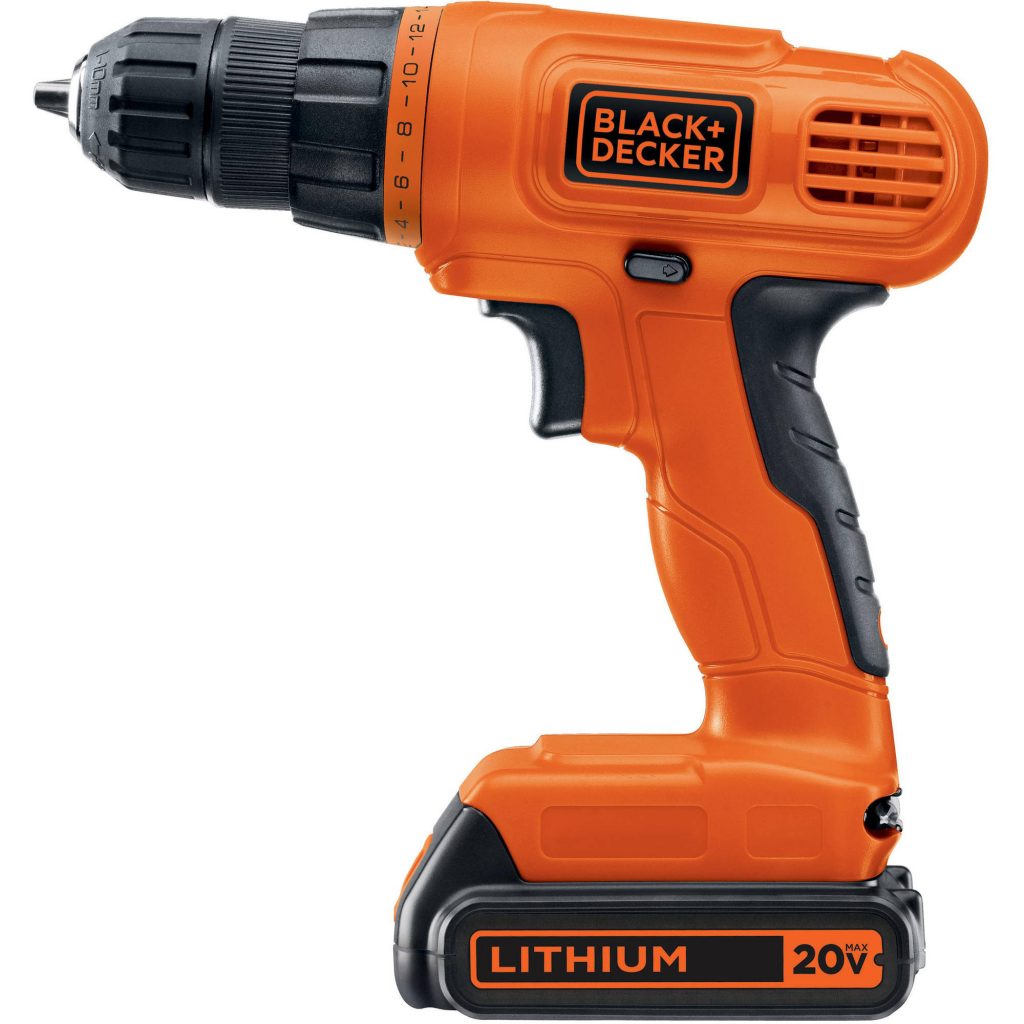
Why you need to clean your duct hose
The reason why your dryer performs so poorly is that, over time, the duct hose gets clogged up.
The lint that runs through the exhaust settles inside of the hose. This is particularly the case when your dryer’s duct hose runs vertically – usually through the ceiling, and out through the roof.
The drying machine’s exhaust just doesn’t have enough power to shoot the lint all of the way out through the hose.
As the lint travels up through the hose, it settles into the crinkles throughout the hose. Since the lint is usually wet on its way out – it tends to stick.
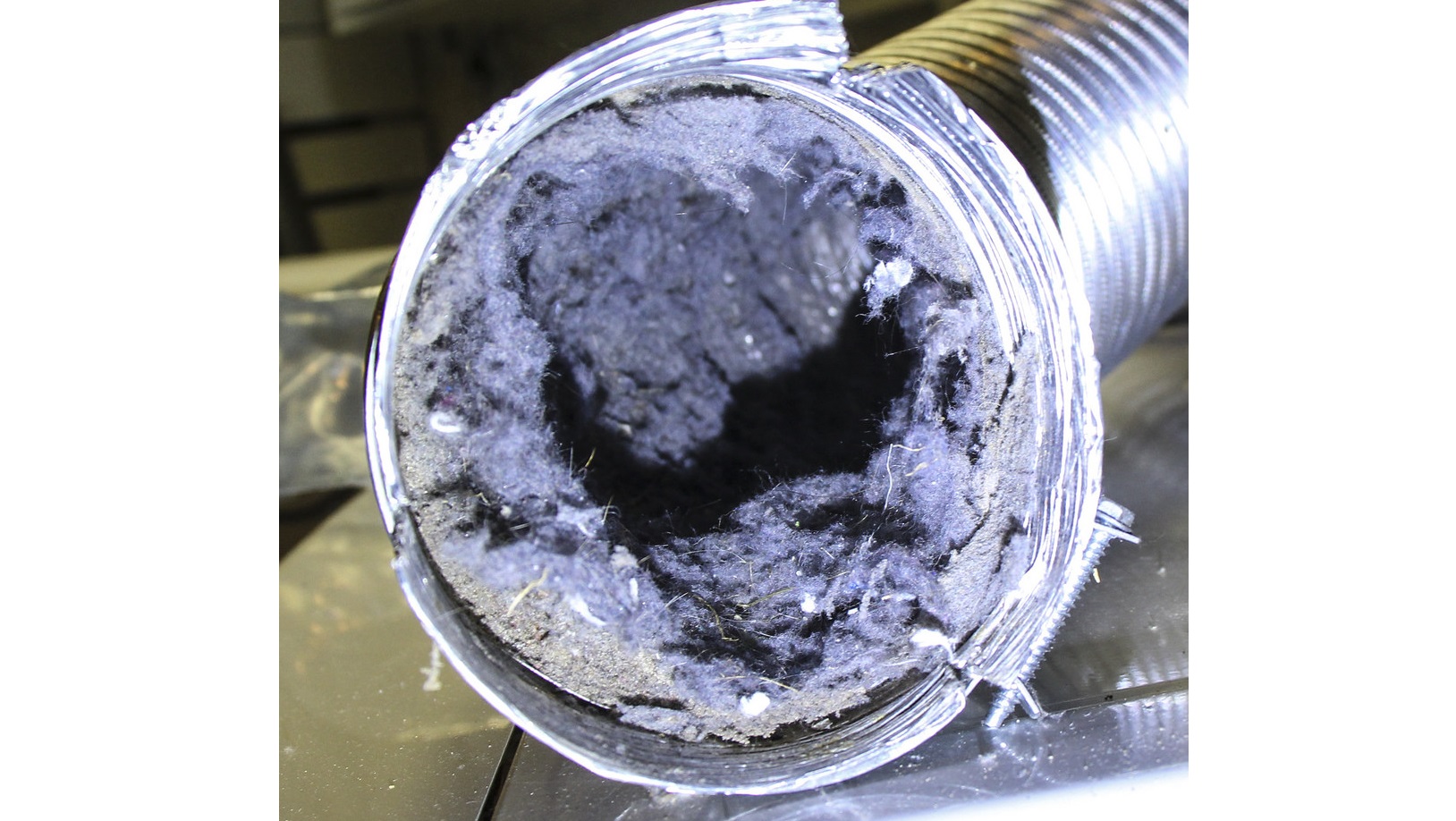
The lint that gets trapped in your lint screen is only a portion of the lint created during each load. The rest of the lint either goes through the hose or gets stuck inside.
Over the course of many loads of laundry, the hose gradually gets full of lint – which decreases its efficiency.
Sheets and towels are prone to producing heavy amounts of lint – particularly as they age. If you tend to wash your sheets and towels often, the gradual build-up might not be so gradual.
Is your laundry not dry after one cycle, whereas it was before? The clogged duct hose is the reason why!
How to clean your dryer duct hose
The overall process is very simple, and shouldn’t take more than 15-20 minutes in most cases. We’ll be cleaning a dirty hose here, so the floor will probably get dirty.
So, prepare the area for the lint and debris that will come flying out!
Unplug
Start off by unplugging your machine, and pulling it away from the wall. You’ll need some space to get back there and remove the hose – so you’ll need at least 4-5 feet of working space.
Unscrew
Once you have some space to work with, remove the hose from your drying machine. Generally, this will involve removing a screw.
Straighten it out
Your duct hose will probably have some bends and creases – straighten it out.
With the hose straight, you’ll have an idea of what length you’ll need for the brush to fully clean the hose. Assemble your brush to the required length.
Prepare the hose and the brush
If your hose is jam-packed with lint, clear the first few inches to allow some room for the brush to enter. Connect the end of the brush rod to your drill.
Also, make sure the batteries are ready to go before you start.
Let’s clean
(As an alternative, if your exhaust hose terminates in a safe location, you could also clean the hose in the reverse direction. Either way, you will still want to disconnect the hose from the drying machine.)
Insert the brush into the hose, and turn on your drill.
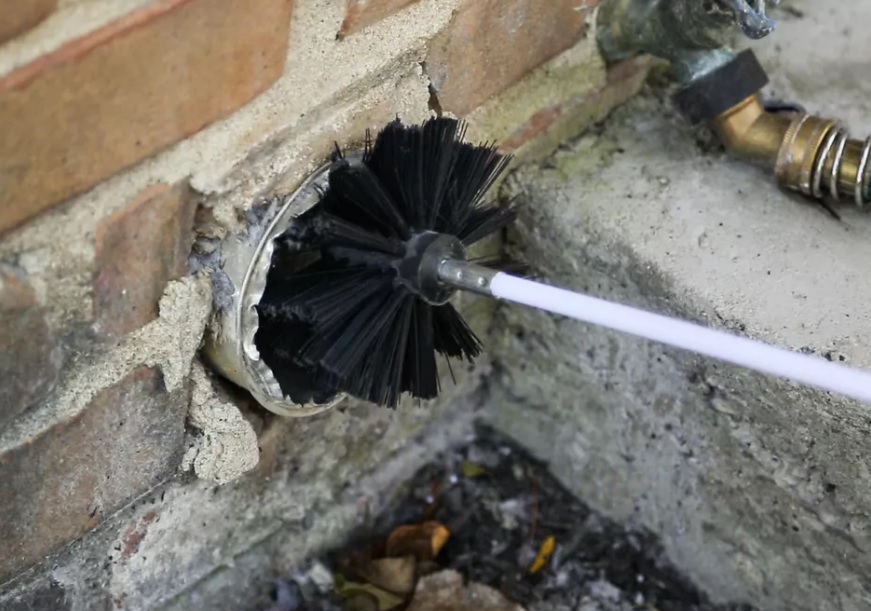
Slowly, but with firm pressure, start to move the brush through the hose, gradually working your way up to the end.
Keep in mind – the lint will break free from the hose, and some of it will fall through the hose, and out.
Follow up
When you feel like your hose is clean, remove the brush completely, and re-attach the dryer hose. But don’t move the machine back into place yet.
Plug it in, and run your dryer – on the high setting – for a minute or so. This will remove any lint that you might have missed. (Alternately, you could also use a leaf blower here if you have one).
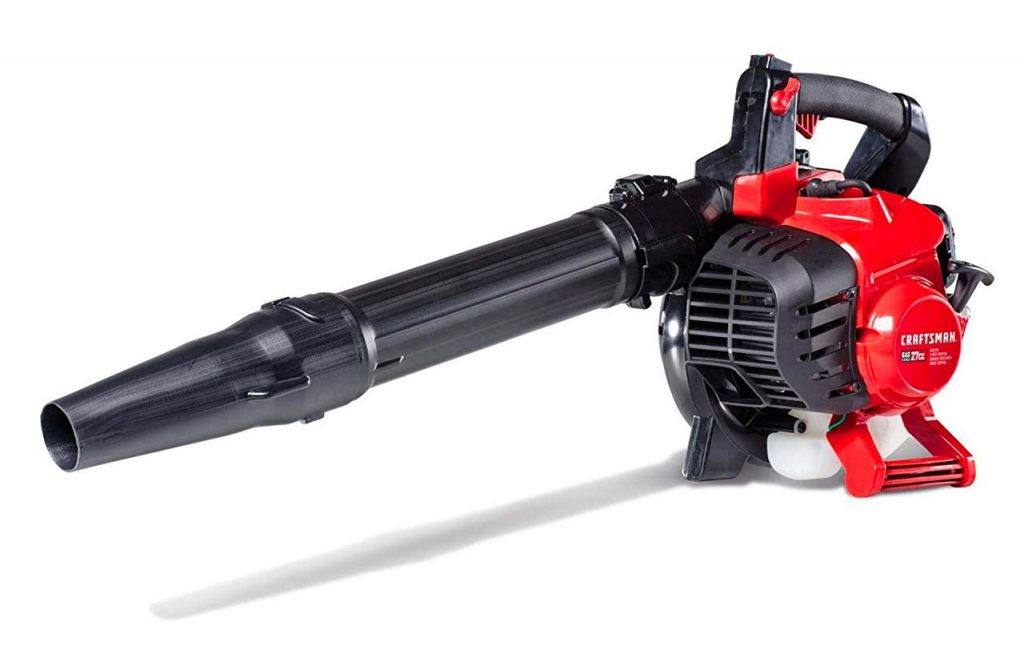
While the machine is running, clean the bristles of your brush.
Then, turn off the dryer, unplug, and unattach the hose once again. Run the brush all the way through once again to remove any lint or debris left behind.
Finishing up
Reattach the duct hose, move the machine back into place, and plug it in.
That’s it – you’re done!
You should immediately start to notice a significant improvement in your drying machine’s performance. Your sheets and towels will dry again using just one cycle. And they show much less wear and tear.
Not to mention the power savings which you’ll probably appreciate.
Some extra tips
Now that we’ve gotten your dryer duct hose cleaned, and your machine working like it used to, let’s add some things to your laundry routine to make sure everything runs smoothly in the future.
Clean the dryer
When your laundry comes out of the dryer, take a moment and clean the inside with a wet rag or towel. You’d be surprised by the amount of lint and debris is left behind.
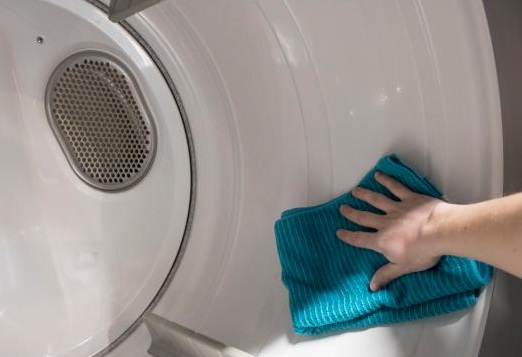
Some of it gets trapped in the screen, some in the hose – but some also stays behind. The lint that stays behind is ready and willing to clog up your house during the next drying cycle.
Clean your hose every few months
At a bare minimum, you’ll want to clean your dryer’s duct house once a year. For a large family – assuming more than one load per week – try to clean it at least every 6 months or so.
If you notice that your machine isn’t performing as well as it should, increase the cleaning interval.
Clean your washing machine
For the best laundry results, clean your washing machine too!
Funky-smelling sheets and towels are a surefire way of ruining a fresh load of laundry. The process simple, and effort-free.
